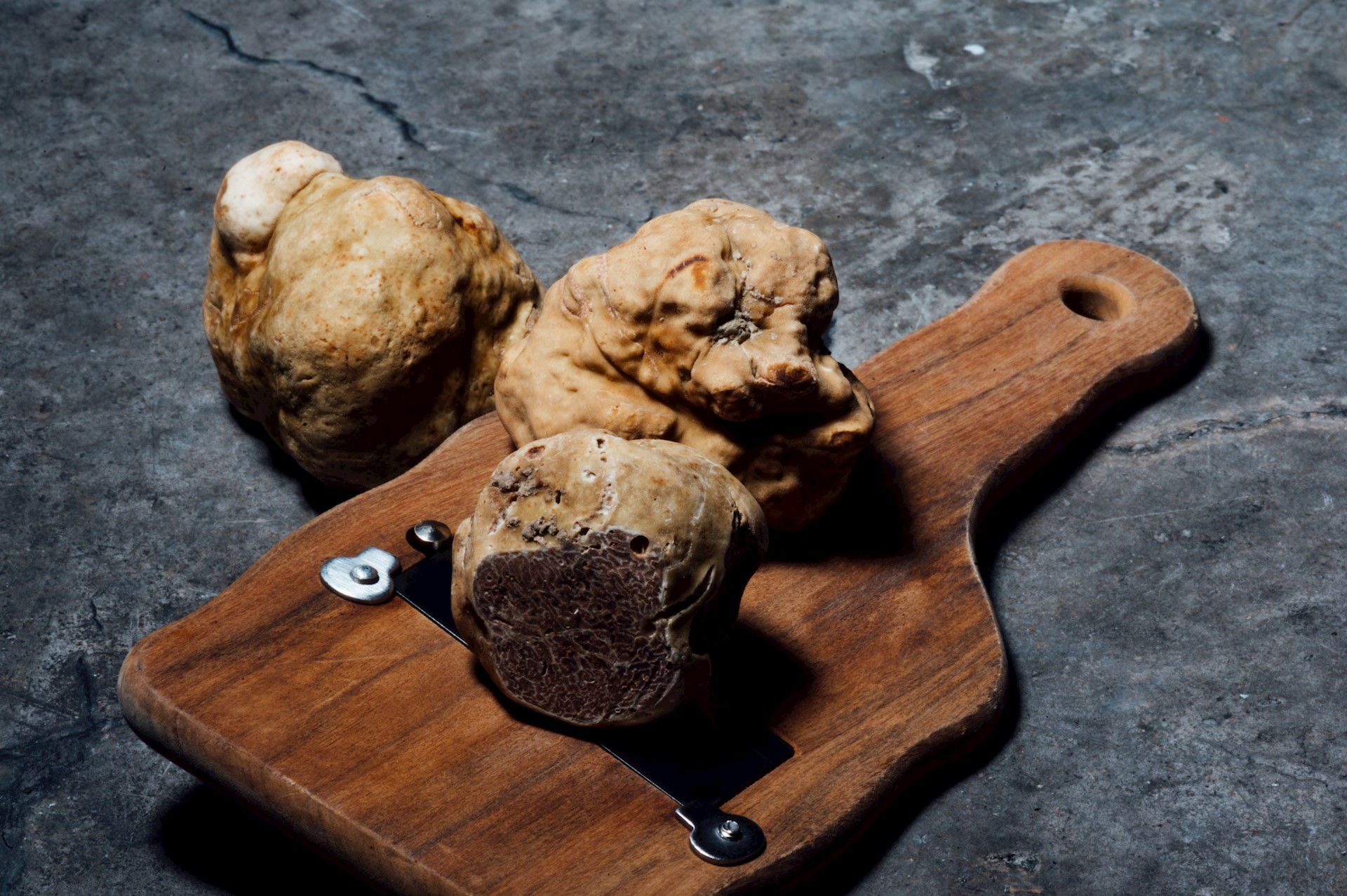

Without a doubt, fresh truffles are one of the world’s most sought after and confounding culinary delights. How can a small tuber that looks like a rock, smells like the earth and has evaded traditional farming methods since the early 1800s fetch prices of four-to-10 times the price of silver?
Highly prized in the culinary world for their unmistakably pungent aroma and delicate flavour, truffles are an ingredient of lavish decadence. However, the flavour of truffle can easily overpower food, particularly when using truffle oil.
The volatile compounds dissipate quickly when heated, so truffles are often served raw and shaved or grated over pasta, eggs, meat, poultry and cheeses. They can also be mixed into ground meats like sausages or incorporated into pâtés and terrines of foie gras for a truly exquisite experience.
There are hundreds of types of truffles, all of which are the fruiting bodies of a subterranean ascomycete fungus. The two most common types of truffles are the black winter truffle and the larger white Italian truffle.
Black winter varieties are often sold for more than US$100 an ounce ($1,600 a pound) and the white variety can easily fetch $250 an ounce ($4,000 a pound) or more. The most expensive truffle ever sold was a 2.86-pound black truffle from Croatia that sold for US$330,000 in 1999.
In their growing regions, the act of fetching truffles is aptly referred to as “truffle hunting" — a hide-and-seek game where foragers use dogs to track down the prized fungi and carefully excavate the delicate nuggets from the earth.
Although truffles have managed to evade traditional farming methods, there have been some successes with cultivation by replicating the truffle’s preferred ecosystem of chalky, rocky soil and mature oak and hazel trees. Farmers in New Zealand and the United States are producing truffles in limited quantities; however, the most prized are still from France, Italy and Croatia.
As a chef working in fine-dining restaurants for many years, the true sign of fall wasn’t the changing of the leaves or the cooling of the air, but the first shipment of white truffles — still covered in dirt — arriving in a styrofoam box directly from the airport. Shortly thereafter, the black truffles would start rolling in as well and we knew winter was upon us. During this time, whole menus would be truffle-centric for a few short weeks with the return of seasonal favourites like the simple pasta dish, cacio e pepe, topped with fresh grated truffles, and braised rabbit legs with truffle jus.
A few pieces of truffle would be set aside to cure in salt or brine and preserved for later use in the year, because almost as quickly as it starts, truffle season ends and we’d be without fresh truffles again until the following fall and winter.
This article originally appeared in the February 2021 print issue of Camana Bay Times, with the headline "Truffles - can ya dig it?"

About the author
Chef Dylan Benoit is the owner of Prime Group and Carnivore Premium Meats in Camana Bay.